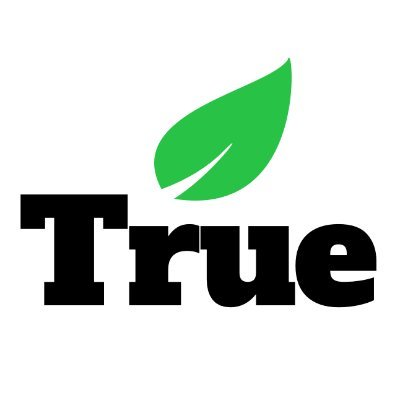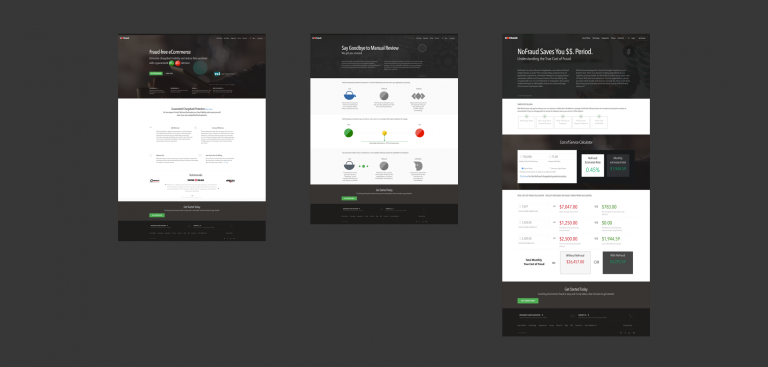Situation
In my last article, I interviewed business strategy consultant Michael Farmer of Farmer & Company regarding his new book, Madison Avenue Manslaughter, which details the plight of advertising agencies and their deteriorating situation today brought about by several paradigm shifts, including the shift from commissions to fees, brand globalization, the rise of holding companies, client obsession with shareholder value, and the digital and Internet revolutions. In the interview, I touched upon a quote by Albert Einstein:
We can’t solve problems by using the same kind of thinking we used when we created them.
While Einstein’s words most definitely apply to the trend in advertising agencies as detailed in Mr. Farmers book, let’s put away the magnifying glass, pull back for a moment, and explore business at large.
First of all, the average lifespan of an S&P 500 company has decreased from 61 years in 1958 to 27 years in 1980, to just 18 years now, and that number is diminishing as I write this. On average, an S&P 500 company is now being replaced about once every two weeks. And the churn rate of companies has been accelerating over time.
Comparing 1955 Fortune 500 companies to 2015 Fortune 500 (ranked by total revenues), there are only 61 companies that appear on both lists. Nearly 88% of the companies from 1955 have either gone bankrupt, merged with (or were acquired by) another firm, or they still exist but have fallen from the top 500. In other words, only 12.2% of the Fortune 500 companies in 1955 were still on the list 60 years later in 2015. Most of the 1955 companies on the list are unrecognizable today: Armstrong Rubber, Cone Mills, Hines Lumber, Pacific Vegetable Oil, and Riegel Textile. Today, successful companies need to explore new products, markets, and business models more frequently in order to continuously renew their advantage. According to BCG Perspectives,
“…companies face circumstances that change more rapidly and unpredictably than ever before because of technological advances and other factors. As a result, companies need to constantly renew their advantage, increasing the speed at which they shift resources among products and business units. Second, market share is no longer a direct predictor of sustained performance.”
Defined by reduced time between innovation and adoption, increased market unpredictability, and reduced importance of market share, our modern business era has unveiled new drivers of competitive advantage – one of the most important being: the ability to adapt to changing circumstances or to shape them. This echoes Disney CEO Bob Iger’s famous quote: “The riskiest thing we can do is just maintain the status quo.” In a recent study of more than 900 business leaders, 93% responded that they “have completed, are planning, or are in the midst of a business transformation”. Really, what we are seeing is that “business transformation” isn’t something that is undergone once or even periodically – business transformation is becoming a continuous process.
Indeed today, businesses at large – not just their creative and development silos – benefit from operating in an Agile manner, most importantly in the area of responding to change over following a plan. Consider the words of Christa Carone, chief marketing officer for Xerox:
“Where we are right now as an enterprise, we would actually say there is no start and stop because the market is changing, evolving so rapidly. We always have to be aligning our business model with those realities in the marketplace.”

Solution
The situation in business today inevitably begs the question: “Where will your business be in 20 or even 10 years? Statistically, 9 of 10 people who are reading this are working for an organization that will NOT stand the test of time. But the good news that I’ve blogged about in the past is that progressive businesses that take the technology leap and invest in the future will reap tremendous gains over their less progressive peers. With that in mind, ALL SMBs should take the time to reassess the value of their business processes and technology solutions as soon as possible.
Need help determining the right solution? Consider these 9 criteria:
1. How easy and intuitive is the user interface?
– Affordance Visually, the UI has clues that indicate what it is going to do. Users don’t have to experiment or deduce the interaction. The affordances are based on real-world experiences or standard UI conventions.
– Expectation Functionally, the UI delivers the expected, predictable results, with no surprises. Users don’t have to experiment or deduce the effect. The expectations are based on labels, real-world experiences, or standard UI conventions.
-Efficiency The UI enables users to perform an action with a minimum amount of effort. If the intention is clear, the UI delivers the expected results the first time so that users don’t have to repeat the action (perhaps with variations) to get what they want.
-Responsiveness The UI gives clear, immediate feedback to indicate that the action is happening, and was either successful or unsuccessful.
-Forgiveness If users make a mistake, either the right thing happens anyway or they can fix or undo the action with ease.
-Explorability Users can navigate throughout the UI without fear of penalty or unintended consequences, or of getting lost.
No frustration emotionally, users are satisfied with the interaction
2. How quickly and easily can the solution be implemented?
Does the solution offer an accelerated implementation approach to minimize demands on your resources? Rapid implementation techniques can reduce costs by more than 50 percent – again, this takes us back to the subject of Agile methodology.
3. How easily can the solution integrate with your supply chain, product development, and business processes?
No system operates in a vacuum, and it delivers the most value when embedded in the business! Your solution should have multiple points of integration, so that all business processes are outfitted with historical data in order to discern insights and take action.
4. Can the solution easily scale as your business grows?
Change. The only thing that remains constant. Take into account not only number of users, but also specific roles and functions and the need to support end-to-end business processes, which are constantly changing.
5. Is the business solution available as SaaS or subscription?
You can’t always anticipate your future, so being fiscally conservative is important. On-demand business solutions are often available on a subscription basis, virtually eliminating the traditional upfront investments. Alternately, if cash is a major issue, your solution provider should offer you some flexibility in billing, payment, intellectual property, and ownership – allowing you to keep your cash working while you get the benefits of the newest business technology solutions.
6. Does the solution offer you company-wide visibility into your business processes?
Link up with a solution provider who understands business process management. The right solution can help you gain a HUGE competitive advantage through increased visibility into critical business functions, superior reporting, integrated processes, and even increased customer loyalty/retention, more in-depth customer insights, and an accelerated product time to market.
7. Are there ample resources to assist you with your implementation and ongoing support?
Look for business partners with both long-term business experience and support services, as well as expertise with cross-functional, strategic, technology and software solutions.
8. Is industry-specific expertise built into the product?
The best business solutions are not plain vanilla.Your solution provider should understand your industry as well as you, and address any industry-specific needs, support roles, and functions unique to your vertical markets.
9. Does it provide you with any real-time monitoring and analytics?








